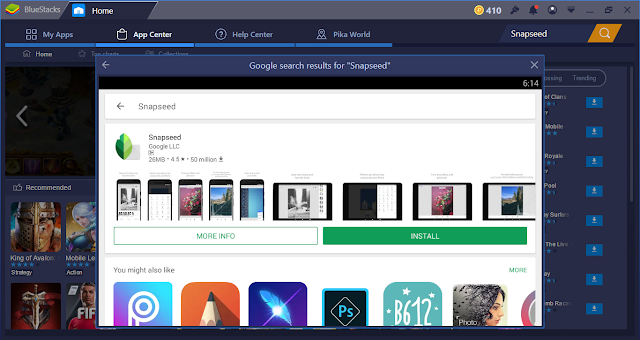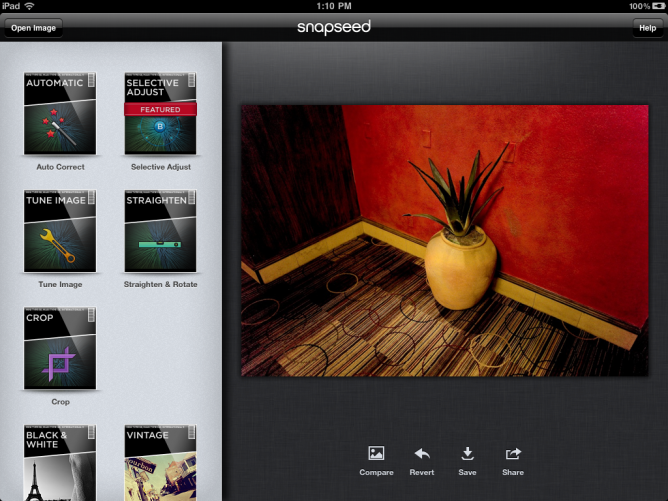

This allows you to set the parameters of how the tool works more specifically, and many of the advanced Snapseed tools have it. If we press it, a new menu pops up, which looks like this: The more astute of you will notice that there is now a little star icon down by the word “FILTER” at the bottom of the screen. Let’s look at a new part of the interface, which many of the more advanced tools come with. So we can see that this has made a slightly more dramatic change to our picture than the automatic tool! Let’s load up the latest tool in the Snapseed arsenal, the HDR Scape tool. Return to the main interface by choosing either the “X” at the bottom left to cancel any changes you made, or the little tick on the bottom right to approve and save any changes you’ve made. Let’s do some more advanced stuff, and make this picture look a bit more exciting.

Easy huh?Īt any point you can press the little image of a mountain at the top right, to compare your changes with the image you loaded into the tool. Right increases the amount of the effect, left decreases it. To change the amount of that effect, move your finger left and right on the screen. The black box at the bottom will have changed name to show which effect you have selected. This isn’t entirely intuitive at first, but you’ll get used to it quickly. Remember to keep your finger on the screen whilst you are selecting the option, otherwise the menu will disappear. Move your finger so the effect you want is highlighted in blue, then take your finger off the screen. As you can see, In “automatic” mode, there are two effects to choose from: Contrast Correction and Color Correction. Moving your finger up and down on the image when you have picked a tool lets you choose a particular effect to apply. This reminds you of the basic interface, which applies in every tool. Press that.Īn overlay appears on the screen as shown above. The image moves to fullscreen for using the automatic tool:Īt the top left of the screen, there’s a question mark. First – pick the automatic mode by pressing the button labeled “automatic”. The interface is amazing once you get used to it, but may differ from other apps you are used to, so a quick overview of how it works should help.įirst – at any point, if you forget the basics, there is a built in help system to remind you what you are doing.

From now on I’m going to assume you are in landscape to make this tutorial easier to follow! The Interface Swipe up and down on the left of the screen to find additional modes in landscape orientation, and left to right at the bottom of the screen in portrait orientation. Some are fairly self-explanatory (black&white), others perhaps not so much.


 0 kommentar(er)
0 kommentar(er)
